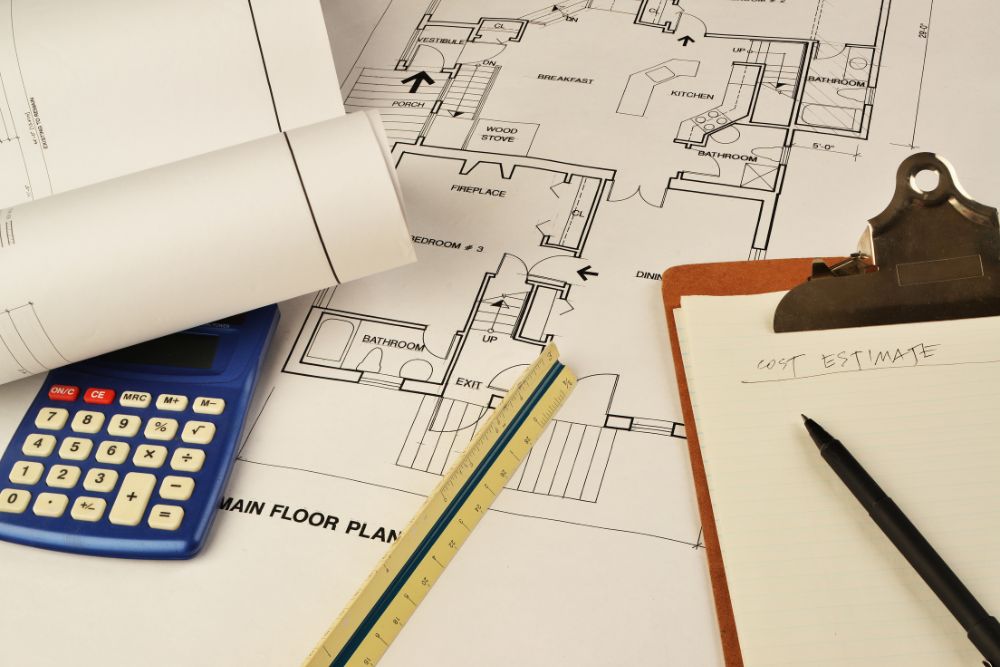Knowing how to use drywall anchors helps you hang items safely and securely. These small tools give extra support when drywall alone isn’t strong enough. Without them, screws can easily loosen or fall out, causing damage to your wall.
Using drywall anchors is simple and quick once you know the steps. With a few basic tools, you can install them easily. They work great for hanging shelves, mirrors, picture frames, and other household items.
Before you begin, always choose the right anchor for your project and wall type. Each one holds a different weight. In this article, you’ll learn step-by-step how to use drywall anchors properly and safely.
What Are Drywall Anchors and Why Use Them?
Drywall anchors are small devices that help hold screws firmly in drywall. Since drywall is soft and not very strong, screws alone can easily slip out or damage the wall. That’s where anchors come in; they give the screw something solid to grip.
They work by expanding or locking behind the drywall, spreading the weight of what you hang. This helps prevent the screw from pulling out, even when holding heavy items.
In simple terms, drywall anchors make it safe and easy to hang shelves, mirrors, or picture frames without needing to find a wall stud. So, whenever you want a secure hold in drywall, using anchors is the best choice.
Common Types of Drywall Anchors
Before starting your project, familiarize yourself with the common types of drywall anchors. Each one holds different weights and works in its own way. Picking the right anchor helps your item stay secure and in place. Here are several types you may find:
Type | Best For | Notes / How It Works |
Plastic expansion (ribbed) | Light items | You drill a hole, insert an anchor, and then screw it in to expand it. |
Self-drilling threaded anchors | Medium loads | No pilot hole needed, you screw them directly into drywall. |
Molly bolts (metal expandable sleeves) | Medium / heavier items | When you tighten the screw, the sleeve expands behind the drywall. |
Toggle bolts/toggle anchors | Heavy items | Wings or a toggle spring open behind the drywall for a strong grip. |
SnapToggle or strap toggles | Heavier loads, reusable | Some are removable, allowing the bolt to be replaced. |
Step-by-Step: How to Use Drywall Anchors
Installing drywall anchors is simple if you follow the proper steps. Here’s an easy guide to help you do it correctly.
Step 1: Choose the Right Anchor
Select an anchor that matches your wall type and the weight of the item. Threaded anchors hold up to 50 lbs and don’t need drilling. Plastic anchors need a small pilot hole and work for items up to 25 lbs. Toggle or snap anchors are best for heavy items. Always check the weight limit on the package before using it.
Step 2: Mark the Spot
Decide where to hang your item. Use a pencil and a level to mark the spot. If your item has two brackets, make sure both marks are even. Before drilling, check for studs, wires, or pipes using a stud finder. If you find a stud, screw directly into it for extra strength.
Step 3: Drill a Pilot Hole (If Needed)
Some anchors, such as plastic or metal ones, require a pilot hole. Drill a hole slightly smaller than the anchor. Self-drilling anchors can be driven directly into the wall. If the wall feels tough, make a small starter hole first.
Step 4: Insert the Anchor
Place the anchor tip on your mark. Twist it slowly into the wall with light pressure. You can tap it gently with a hammer if needed. For toggle anchors, fold the wings before inserting; they expand behind the wall for strength. Ensure the anchor is securely fastened and sits flat against the wall.
Step 5: Attach Your Item
Place your item or bracket over the anchor. Insert the screw and tighten it gently. Don’t overtighten; it can damage the wall or anchor. Once snug, your item is safely secured.
Removing and Replacing Anchors
Knowing how to remove drywall anchors is just as important as knowing how to use drywall anchors. You should do this when moving furniture, changing decor, or fixing a mistake. Removing anchors the right way helps avoid wall damage and keeps repairs simple.
1. Taking Out the Screw
Start by carefully removing the screw from the anchor. Go slowly to avoid damaging the drywall while loosening it.
- Turn the screw counterclockwise to loosen it.
- Go slowly so it comes out smoothly.
- Avoid pulling or yanking; it can damage the drywall.
- Once the screw is out, decide whether to remove the anchor or push it into the wall.
2. Dealing With the Anchor
After removing the screw, check what type of anchor you used. This will help you remove it safely without harming the wall.
- Identify the type of anchor you used.
- Use needle-nose pliers to pull out plastic or threaded anchors gently.
- For toggle bolts, push them into the wall cavity instead.
- Never force an anchor that resists; it can cause the wall to tear or crack.
3. Fixing the Hole
Once the anchor is out, it’s time to repair the hole. A quick patch and a little paint will make your wall look new again.
- Fill the hole with a lightweight spackle or wall filler.
- Let it dry completely before moving to the next step.
- Sand the area until it feels smooth and even.
- Repaint the wall to match the rest of the surface.
- Your wall will look clean and new once finished.
Mistakes to Watch Out For
Even a small project can go wrong without care. Many anchors fail because of rushing or using the wrong tools. By avoiding these simple mistakes, you can make sure your anchor holds firmly.
Using the Wrong Size
Always choose the right anchor size for your project. A small anchor can’t hold heavy items and may pull out. On the other hand, a large anchor can crack the wall or leave a big hole. So, always match the anchor’s weight rating and screw size to your item. Before starting, check the box instead of guessing.
Drilling at an Angle
Always drill straight into the wall. A tilted anchor can shift or loosen over time. As a result, your item may fall or hang unevenly. To avoid this, use a level or drill guide for a straight entry.
Overtightening the Screw
Do not turn the screw too much. Excessive force can strip the anchor or cause it to spin inside the wall. Instead, turn the screw slowly until it feels snug and firm. If the screw continues to spin, remove the anchor and try again. It’s better to fix it right away than to risk it falling later.
FAQs
Do You Pre-Drill Holes For Drywall Anchors?
It depends on the type of anchor. Plastic expansion anchors usually need a small pre-drilled hole to fit snugly. However, self-drilling or threaded anchors can be inserted directly into the wall without prior drilling. Always check the anchor instructions before starting to avoid damaging the drywall.
What Is Plaster Over Drywall Called?
Plaster over drywall is called skim coating or veneer plaster. It’s a thin layer of plaster spread over drywall to create a smooth, hard surface. This method helps hide imperfections, adds durability, and gives the wall a polished, professional look often found in older or high-end homes.
Do You Hammer Anchors In Before You Screw?
Yes, but gently. Some anchors, such as plastic ones, require a light tap with a hammer to sit flush against the wall before inserting the screw. Be careful not to hit too hard, as this can damage the drywall or cause the anchor to distort, reducing its holding strength.
How Much Weight Can Drywall Hold Without Anchors?
Drywall alone can hold only about 5 to 10 pounds safely, depending on the wall’s condition. It’s suitable for very light items, such as posters or small photo frames. For heavier objects such as mirrors or shelves, you should always use anchors or screw directly into wall studs.
Is Drywall Stronger Than Plaster?
No, plaster is stronger and denser than drywall. It can handle more impact and resist dents better. However, drywall is lighter, easier to install, and much simpler to repair, which is why it’s more commonly used in modern construction and home remodeling projects.
Conclusion
In conclusion, understanding how to use drywall anchors helps you hang items safely and securely on any wall. They provide extra support where drywall alone is too weak. Moreover, using the right anchor and following proper steps prevents damage and ensures a firm hold.
Additionally, always match the anchor type to your item’s weight for the best results. With careful installation, your shelves, mirrors, and frames will stay strong and stable for years.
For expert help with accurate drywall estimating services and reliable project support, contact Prime Estimation today. Our professionals make every drywall and construction project simple, cost-efficient, and perfectly managed from start to finish.













